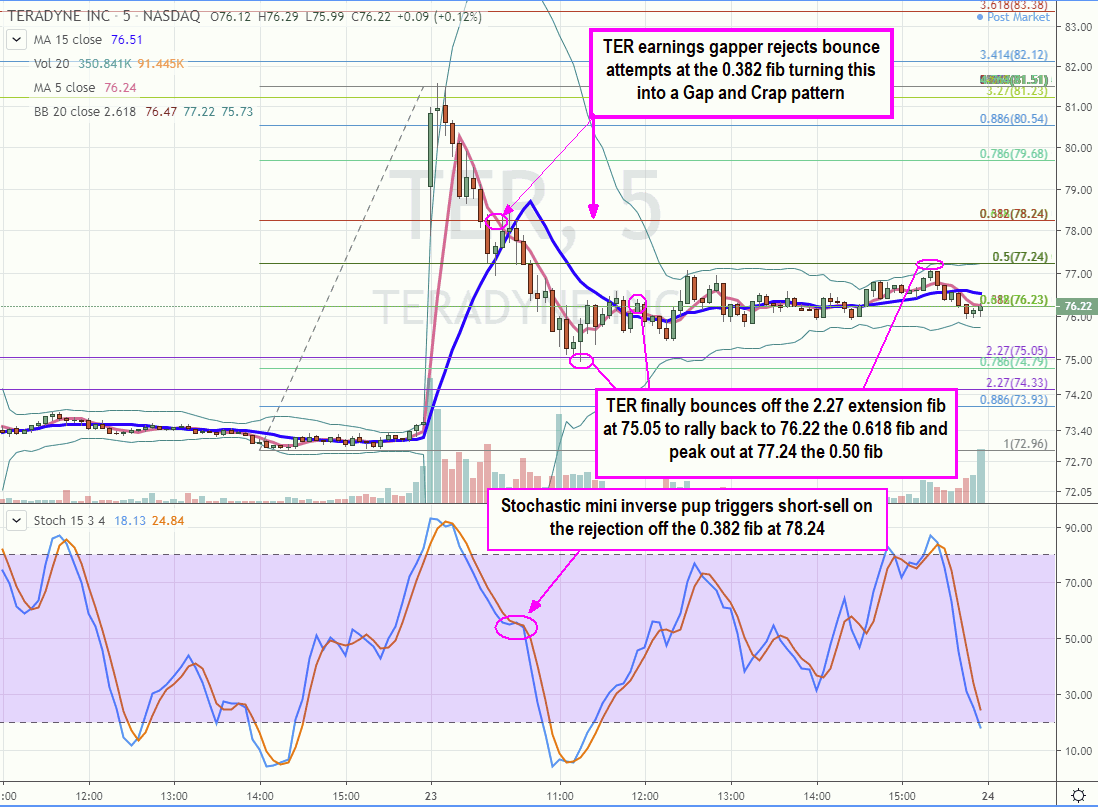It is often said that the financial markets are fueled by two emotions, fear, and greed. Fear of further losses when a losing position continues to sell-off and greed of expecting more profits on an existing profitable position. The two are interchangeable as well. The
fear of missing out (FOMO) is a common theme used when markets are grinding to new all-time highs as buyers chase entries. Ultimately, the trigger tends to get pulled at the “wrong” time like stopping out at the lows or entering at the highs. This is no coincidence but a phenomenon that can be measured with mathematics.
The Golden Ratio
Fibonacci sequence are numbers derived by adding the prior prime number starting with 1. The sequence goes 1, 2, 3, 5, 8, 13, 21 and so forth. If you divide the prior number into the forward number or vice versa, a common ratio deemed the golden ratio of 0.618 or 1.618 result. This golden ratio can be used to measure the curvature of a snail shell to the formation of galaxies. Most importantly for traders, it can be used to plot price inflection points on charts that trigger from emotionally driven reactions fear and greed. For trading charts, we like to use the following derivations of the golden ratio: 0.382, 0.50, 0.618, 0.786, 0.886 and the extensions 1.27, 1.414 and 1.618.
Emotions Can Be Measured Mathematically
Often people ask what does math have to do with emotions? Imagine if you bought the stock at $10 because an analyst gave a $20 price target. Unfortunately, the stock price starts to drop and continues to fall lower and lower as fear sets in. The fear of even deeper losses finally makes you pull the trigger to stop out at $6.18 and then it bounces! As it pertains to financial markets, emotional reactions can be measured, timed and anticipated using Fibonacci ratios (fibs). For example, if a stock rises from $1 to $10, the fibs forecast profit-taking and/or stop-loss selling to deplete at a 0.382 pullback to $6.18 to trigger buyers to push the stock back up. A deeper pullback to the 0.618 level to $3.82 would be the final capitulation level where fear has washed out all sellers as buyers dive back in. This is a simple example, but one we’ve all experienced.

Plotting Fibs on Your Charts
The tricky part of fib plotting is determining your starting point is and which time frame(s) to use. Additionally, plotting too many fibs will result in a lot of noise in the form of numerous lines. For intraday traders, using a 60-minute chart using swing highs and swing lows is a good starting point. Swing traders can use the weekly and/or daily chart swing highs and swing lows. Plot the swing low to the swing high and then plot the swing high back to the swing low. Pay special attention to the 0.618 and 0.382 fibs as these levels should have the sharpest price reactions, breakouts or rejections. When playing earnings gappers, a quick shortcut can be taken adding a set of 5-minute fibs plotting the prior day 5-minute swing low into the close and opening swing high.
Application of Fibs
Once you plot your fibs, they remain static until the stock breaks the price range. By adding the extensions of 1.27, 1.414 and 1.618, your fibs can remain effective beyond the retracement ranges. The beauty of fib plotting is the charts will tell you if they are effective just by seeing the historical reactions at the fib inflection points.
Adding Fibs to Your Trading Methodology
Regardless of your trading methodology, fibs add a predictive element to the price indicators that may not be visible with other pricing indicators like moving averages, Bollinger Bands and pivots. Fibs are the most effective when price levels overlap with other pricing indicators to present a multi-layered support or resistance levels. This enables traders to prepare of a price reaction ahead of time and anticipate initial reversions to fade or breakout and breakdown levels to enter.
Make Fibs Prove Their Worth
It seems uncanny, but we’ve seen it too many times to brush it off fibs as coincidence. Fibs are the core measurement component for harmonic patterns and Elliott Wave trading. Some of the applications can be obscure and they come with plenty of critics. We like to stick with what works in current markets and anything that can provide an edge is worth including in the trading methodology. Take them for a test drive and make them prove their worth. Add fib plotting to our morning preparation routine especially during the earnings season to gain an edge and improve your trading game plan. Ultimately, plotting fibs is a combination of science and math as they function on probability and timely application.
Before you make your next trade, you'll want to hear this.
MarketBeat keeps track of Wall Street's top-rated and best performing research analysts and the stocks they recommend to their clients on a daily basis.
Our team has identified the five stocks that top analysts are quietly whispering to their clients to buy now before the broader market catches on... and none of the big name stocks were on the list.
They believe these five stocks are the five best companies for investors to buy now...
See The Five Stocks Here
Click the link below and we'll send you MarketBeat's guide to pot stock investing and which pot companies show the most promise.
Get This Free Report